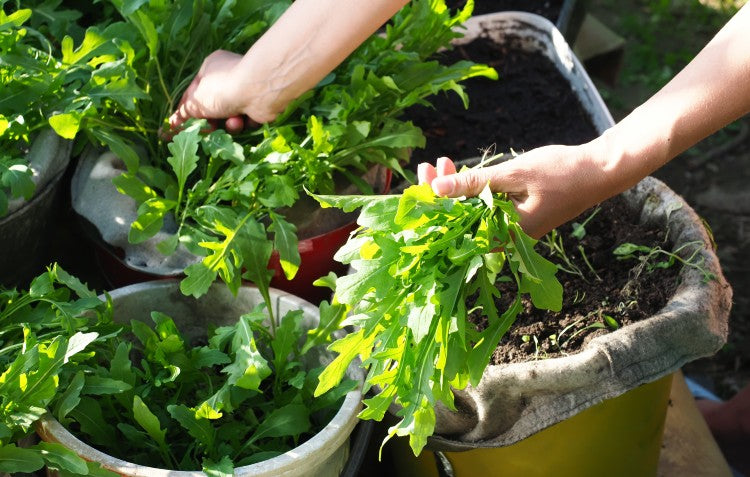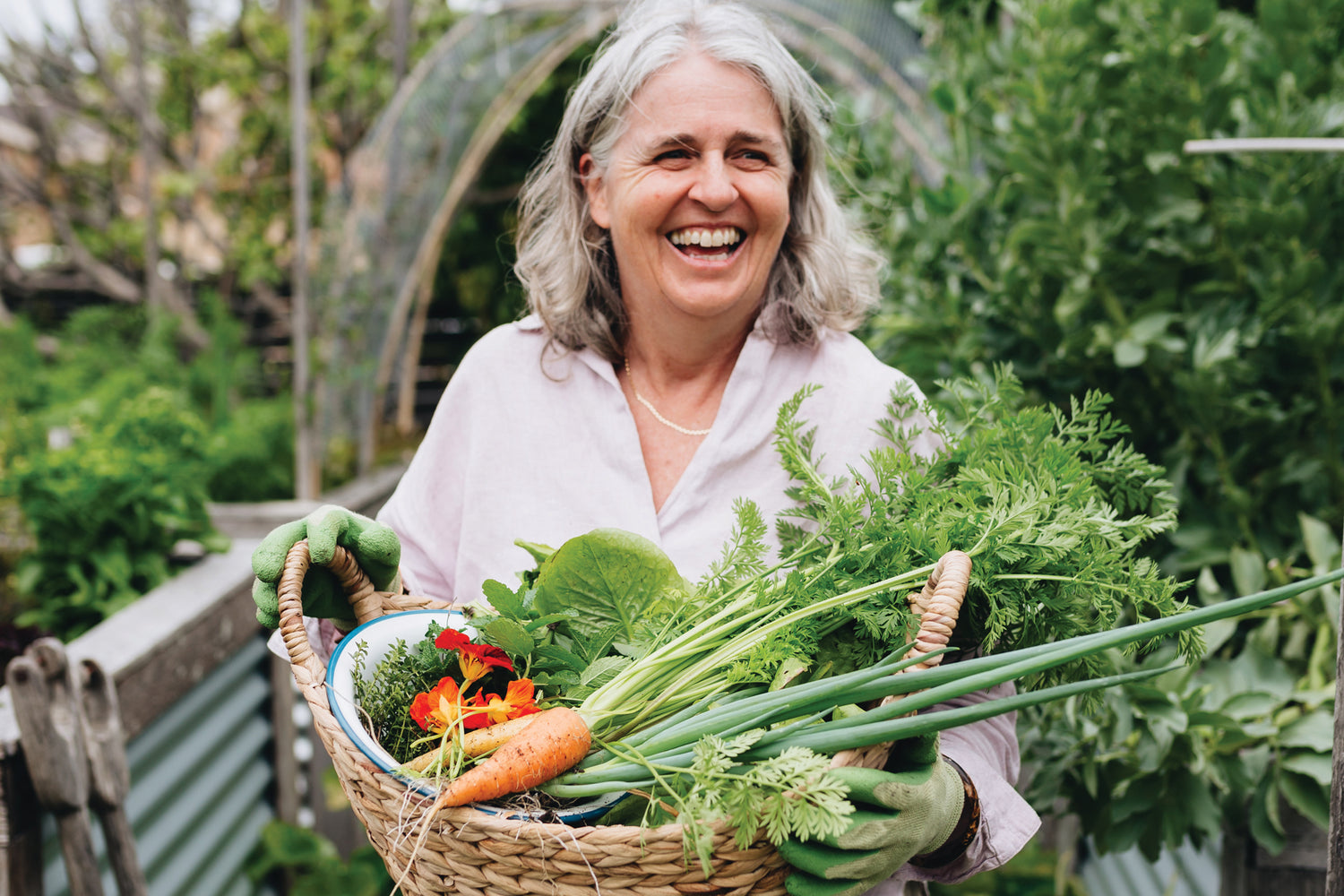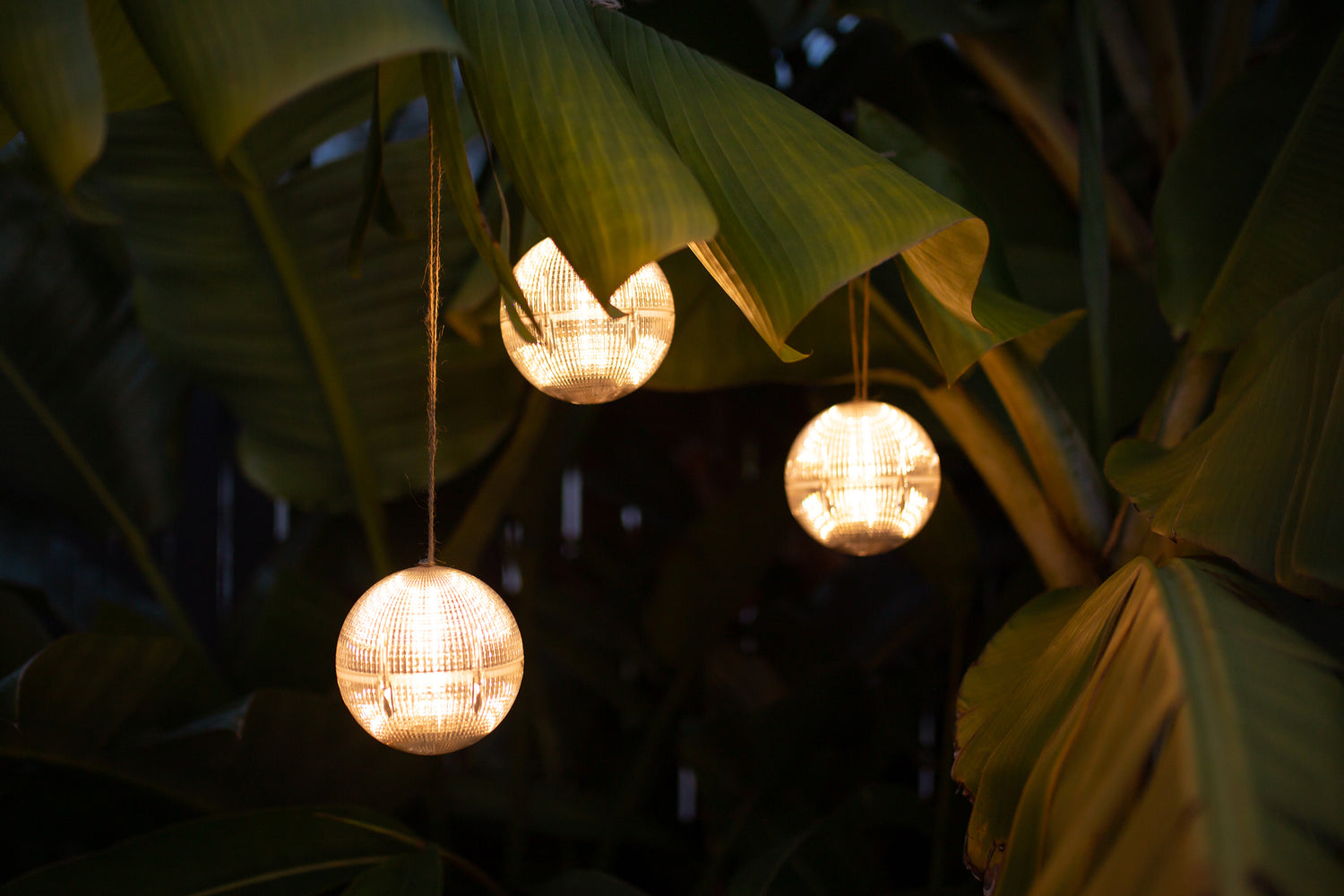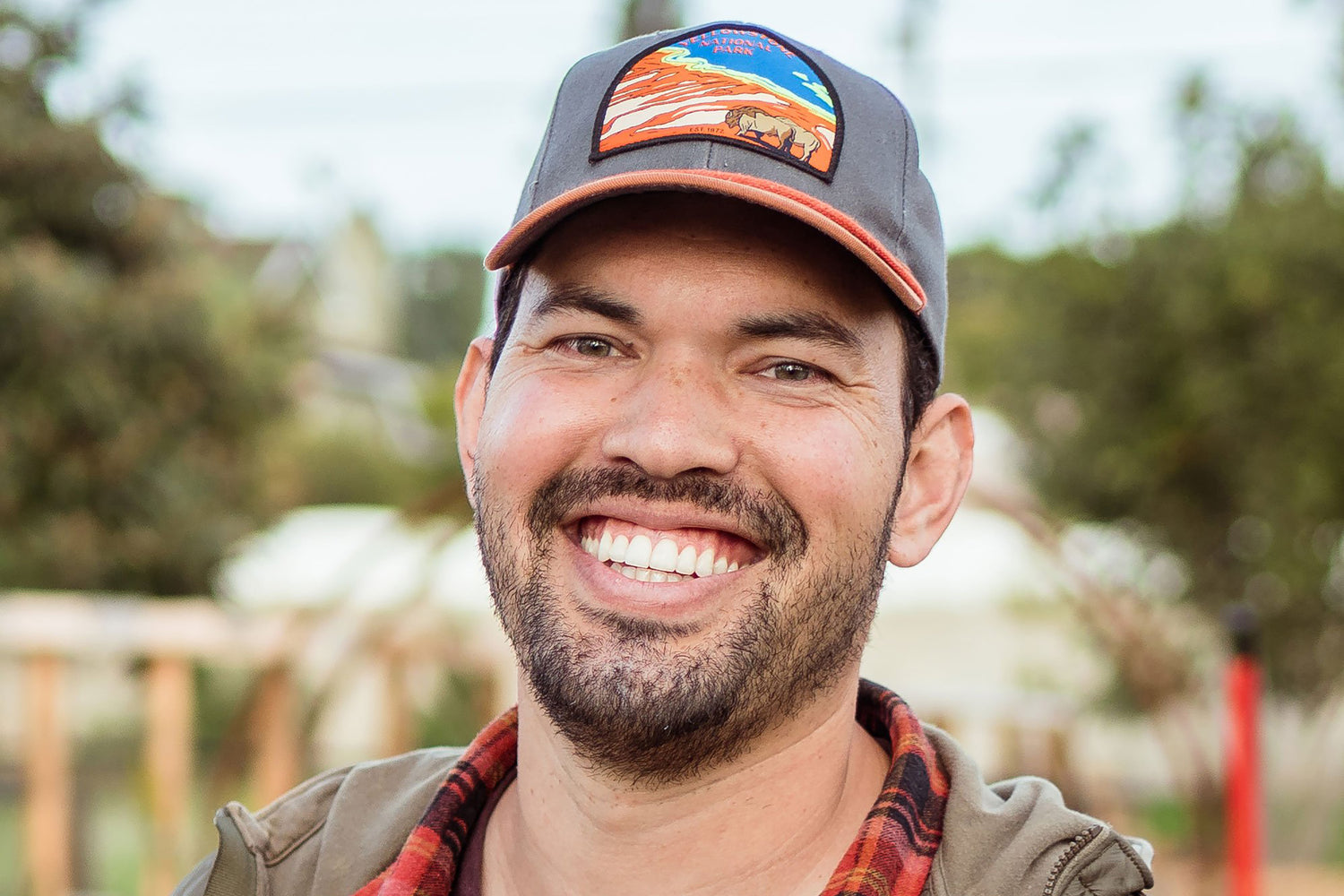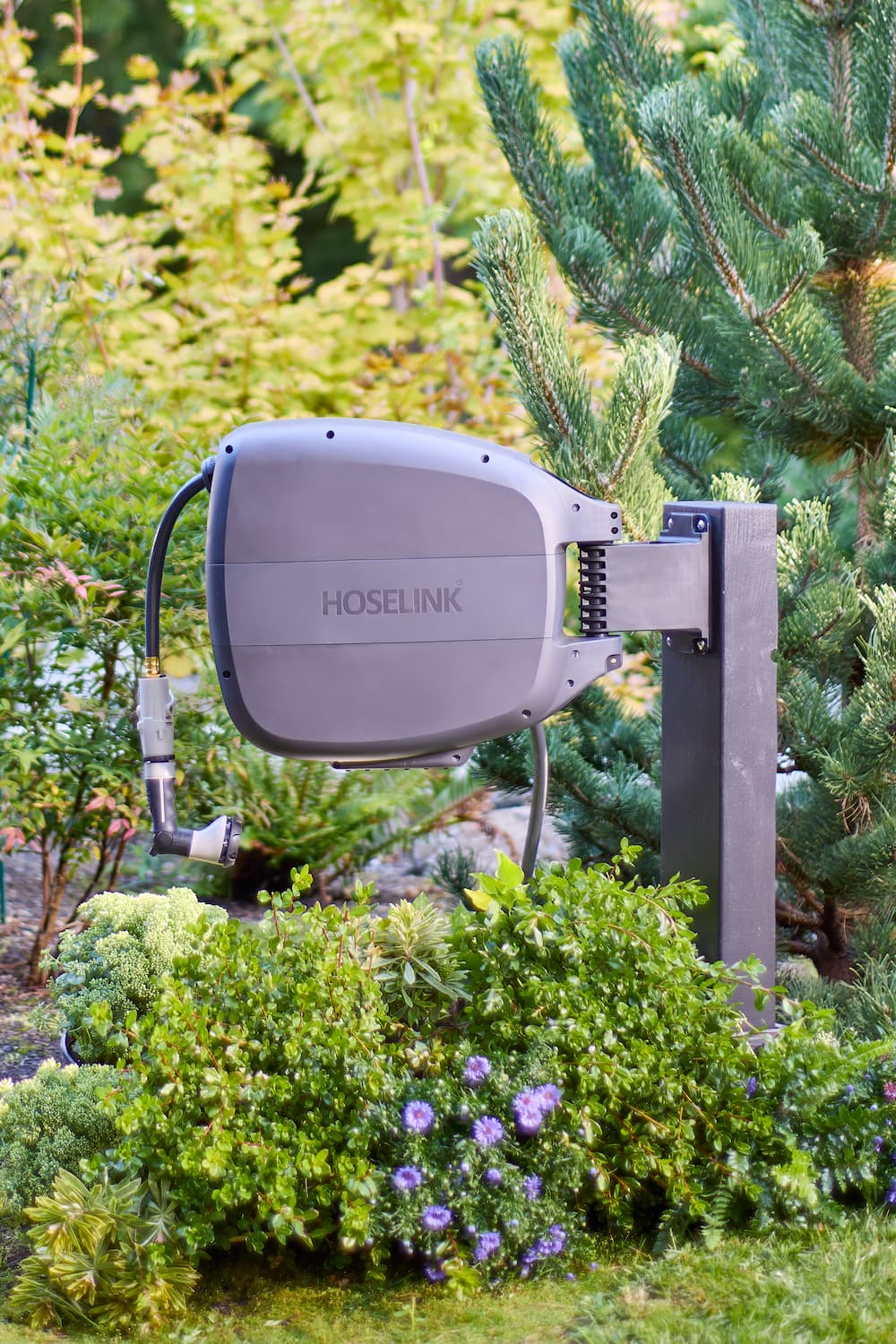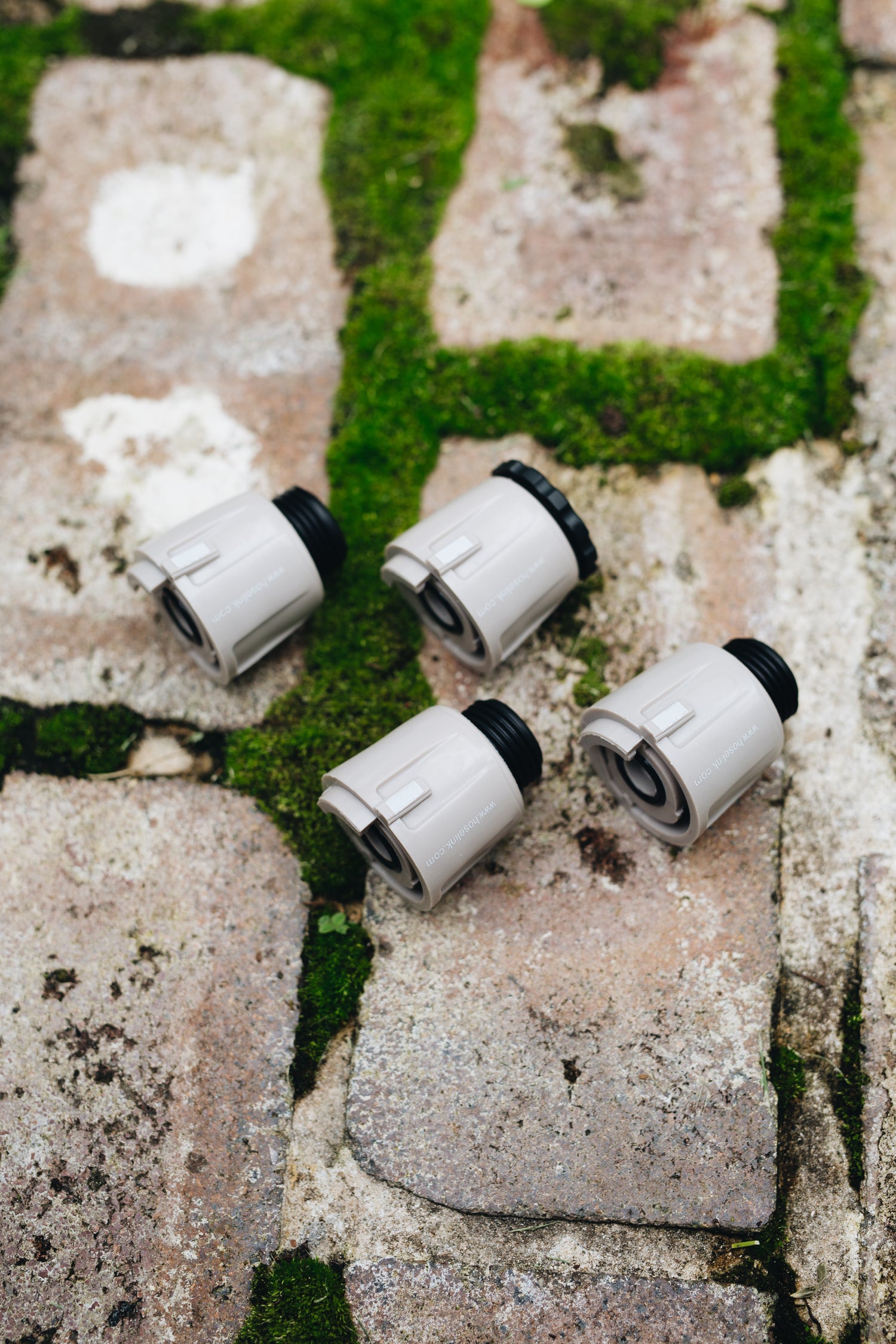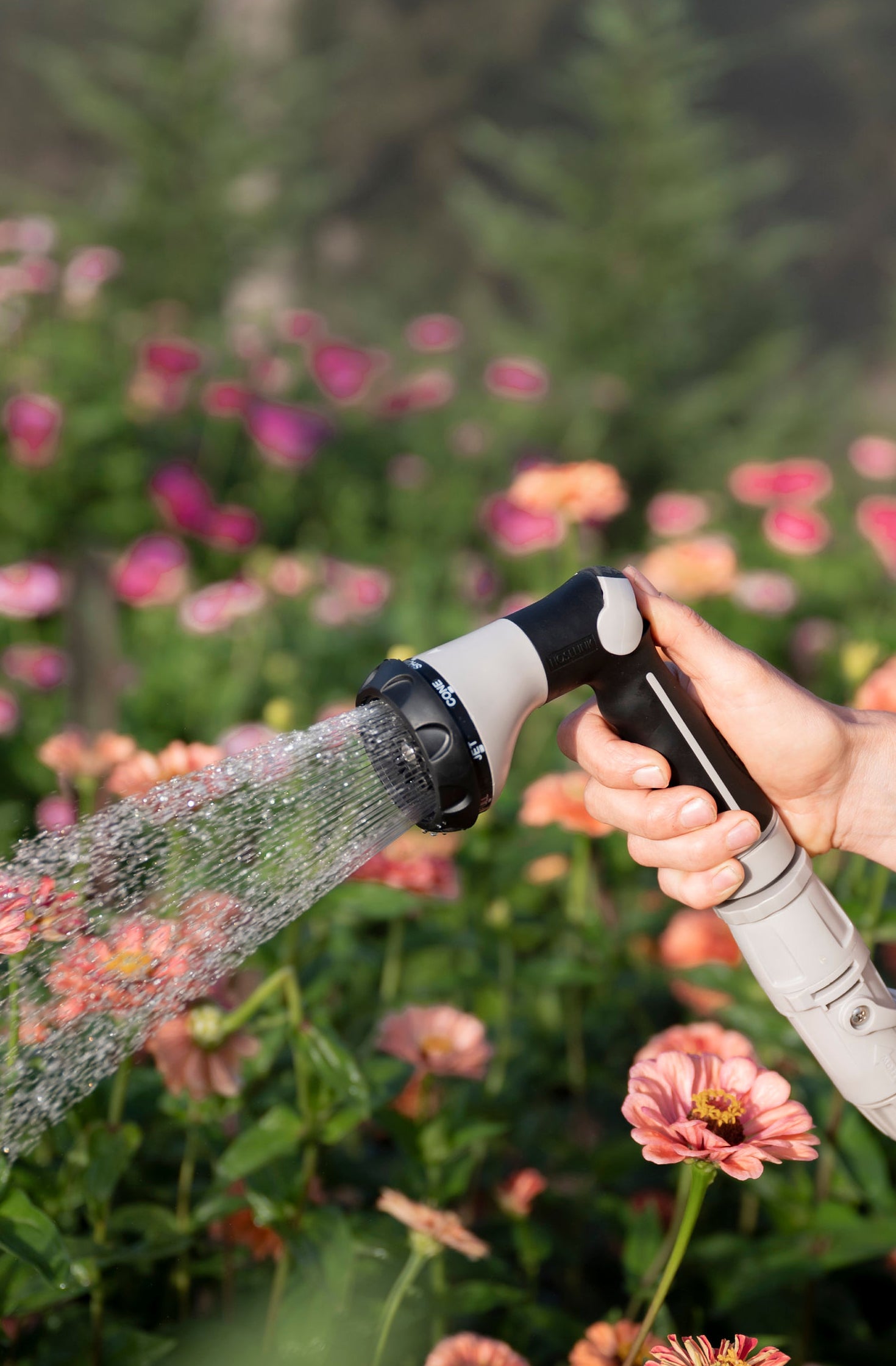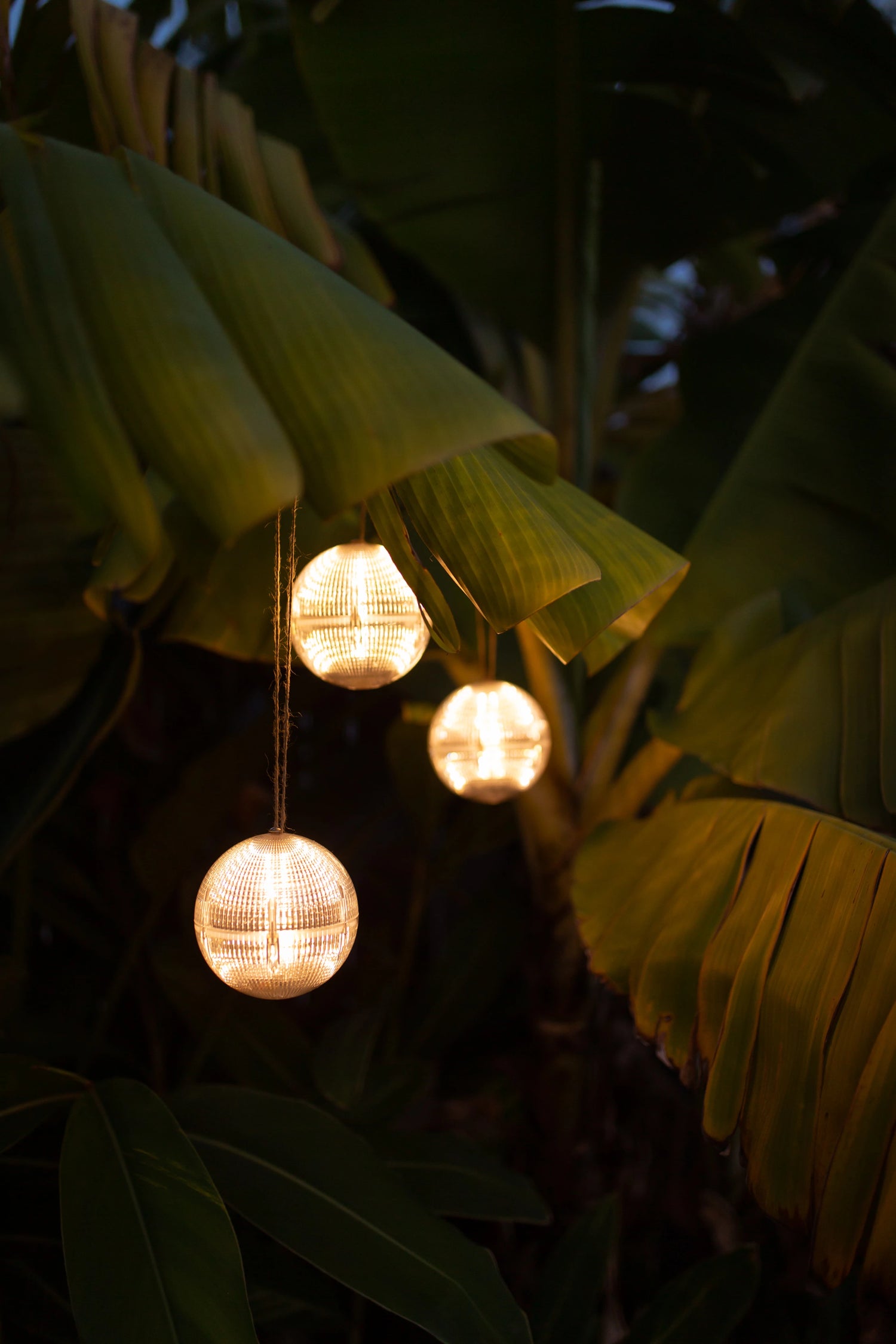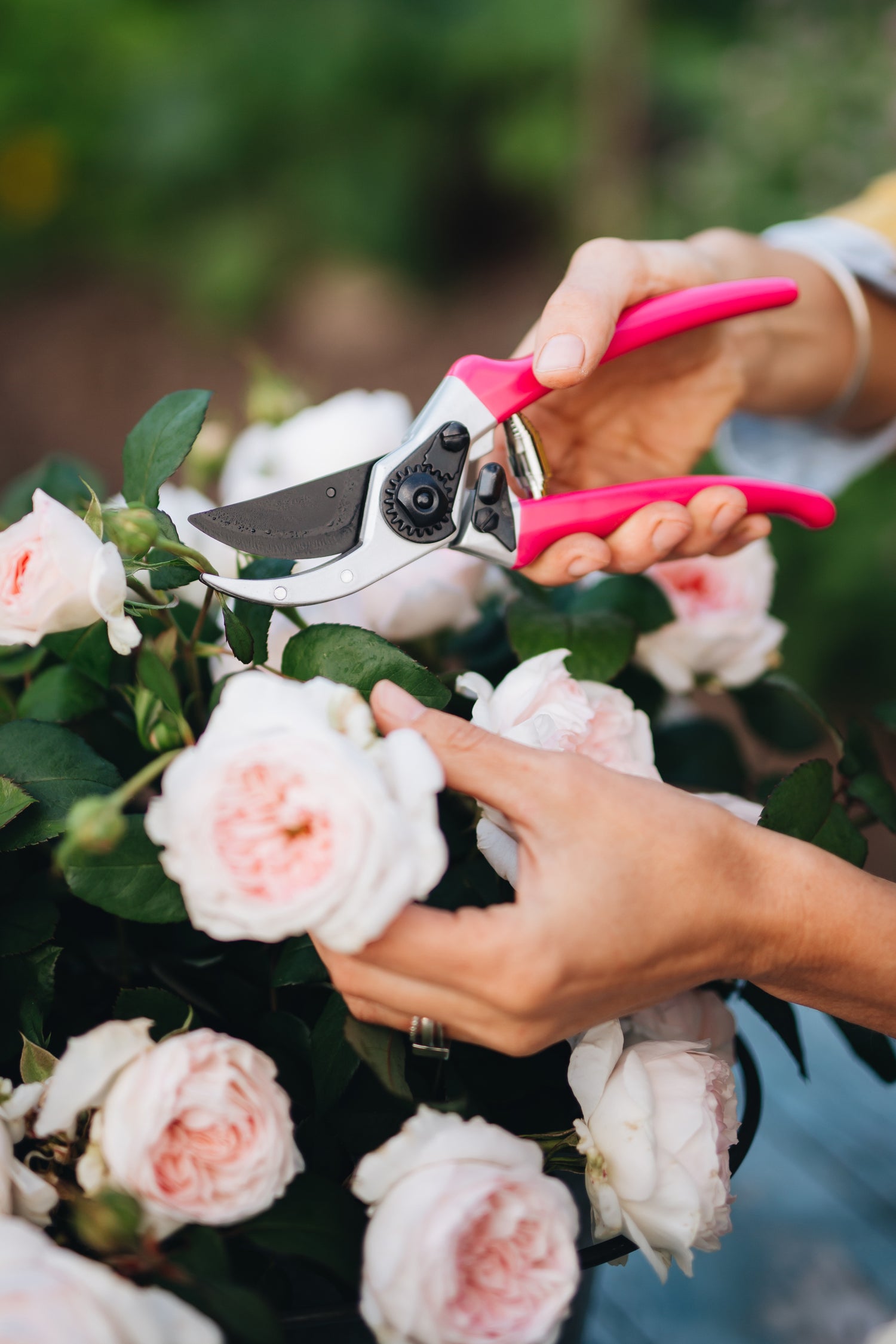What's up, world? Is January a new year? The new gardening season knew everything. Whatever troubles or successes you had last year, leave them the previous year, and let's prepare to start this new gardening year with a positive attitude and outlook.
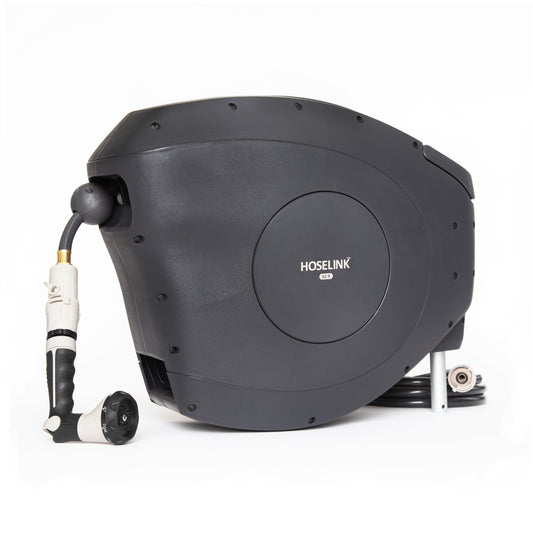
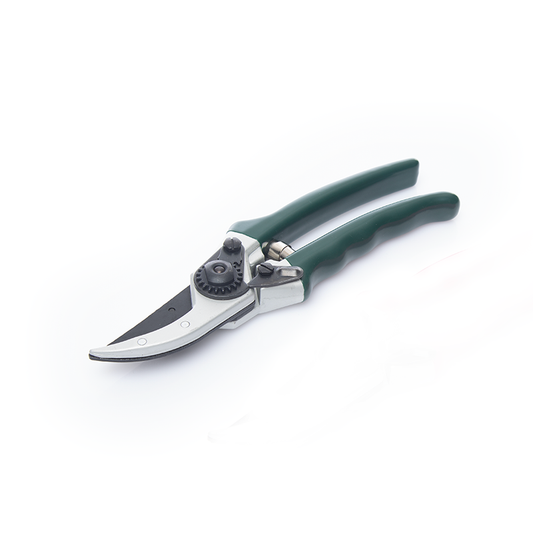
What I am planting this month (December)
In Houston, TX, zone 9B, January, on average, is our coldest month. I am getting antsy with the average temperature around 50 degrees Fahrenheit this month. I can't wait for the spring gardening season to begin next month, but I still have enough things to plant and do in the garden to keep me busy this month.
The new year is a new chance to learn from your gardening experiences from last year and apply that knowledge moving forward. I came to a realization last month. After looking through my garden journal for the past two years, I noticed that my harvests and overall gardening experience had declined the past two years. It is because I have not been in the best or have not had a positive outlook on many things in life over that time frame. I have been less active and consistent in the garden than usual. I had to spend some time examining myself to find out why.
Now that I feel like myself again let’s talk about what I am planting this month.
- Sugar Snap Peas- I grow certain crops in my garden that often never make it into the kitchen. They are enjoyed out in the garden as garden snacks. Well, sugar snap peas, along with cherry tomatoes, fall into that category. This year, I am growing the Sugar Ann variety. These take 60 days to reach maturity. Peas are climbing vines and require a trellis for support. I have grown varieties that have grown to be 8’+ tall and others that grew to around 3-4’ and stopped. Make sure to harvest every other day and store freshly harvested peas in a Ziplock bag in the refrigerator for up to two weeks.
- Potatoes- I love growing root crops and tubers. It's like a surprise party when it’s harvest time. Every year, I grow potatoes, and this year is no different. I am growing my two favorite tried and true varieties, Red Lasoda and White Kennebec, this year. I usually don’t plant potatoes until February after the threat of frost has passed, but this year, I am rolling the dice and planting them earlier. I will try a new planting method rather than burying the potatoes underneath the soil. This year, I will lay my potatoes on top of the soil and cover them with straw and mulch. I have realized that digging to remove the potatoes causes a lot of disturbance to the soil microorganisms, and if I can reduce this trauma by growing in a new method, it is worth a try. I did not come up with this method; this is known as the Ruth Stout method.
- Spinach- This year, I am planting Bloomsdale and Oriental Giant. I prefer spinach over any other leafy green. I think this is because I was a big fan of the cartoon Popeye as a child; I don’t care how you prepare spinach, whether raw or steamed. Bloomsdale matures from seed in 50 days, while the Oriental giant takes 40 days to reach maturity.

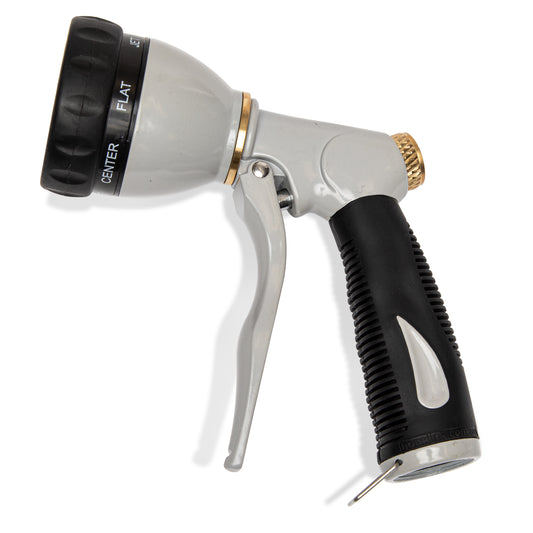
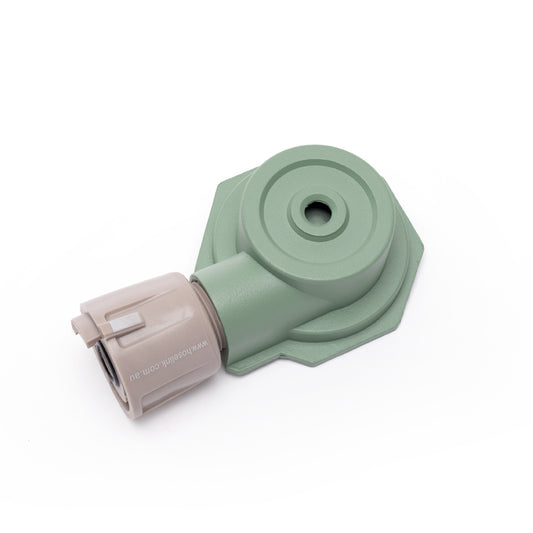
I had difficulty getting spinach to germinate until I learned about cold stratification. Some seeds need to be exposed to cold temperatures for them to germinate. I realized this after we experienced a prolonged freeze in Houston a few times. I had spinach seeds in a seed starting tray for weeks that wouldn’t germinate, but as soon as the 7-day freeze came through, they sprouted.
To replicate this naturally occurring process, place your spinach seeds on a damp paper towel and enclose this paper towel inside a Ziplock bag. Place the bag in the fridge for a minimum of 20 days. Afterwards remove and directly sow the seeds into your garden or a seed starting cells.
- Turnips- I have never been the biggest fan of turnips, but recently, on Instagram, I saw a recipe for pickled turnips that looked amazing. And honestly, I don’t know how I can make that statement because I don’t think I have ever given turnip bulbs a chance. Anytime I have grown turnips, it has solely been for the green tops. But new year, new me, right? Lol. I have decided to dive into the turnip world this month. I am planting Purple Top and Scarlet. Purple top is an extremely common variety that will reach maturity in about 55 days. Scarlet is said to be the sweetest turnip variety. This variety produces a smaller bulb with an exterior that is bright red, like a radish with a sweeter flavor.
What AM I HARVESTING THIS MONTH:
This month, the leafy greens are still rolling in strong. While I haven’t been eating as many salads as I intended, it is not because I lack the greens. This month, I am harvesting Arugula, Beets, and radishes.
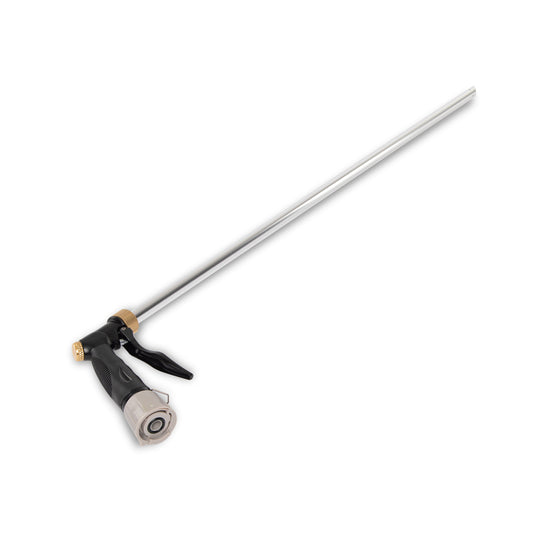
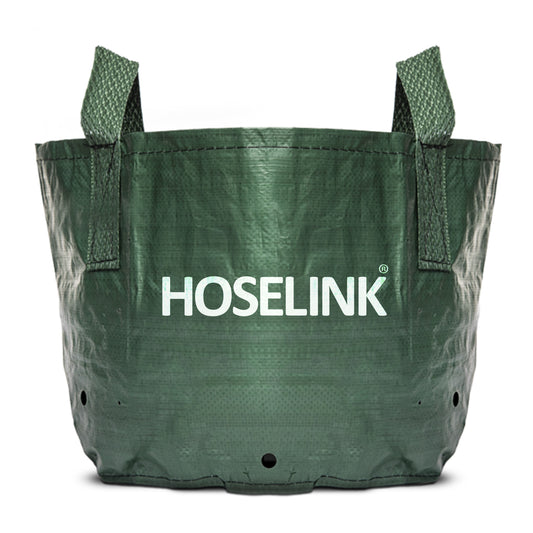
What else am I doing around the garden?
I am a big fan of community gardens. I always have been. I used to sponsor a community garden from the City of Houston, but that has ended since they hired a new program director. In October, I signed up for a plot at the oldest community garden in Houston. This community garden is in one of the oldest neighborhoods in the city, which is full of culture.
I first learned about this garden six years ago while attending an event. I met the director of the garden, and we clicked. I went back to the garden and sat and talked for hours. For some reason, I was too intimidated to sign up then, but no more. I wish I had signed up back then and experienced the garden while JD was the director.
It took me a month to build up the courage to start showing up, but now I am there multiple times a week. This garden is filled with people who have been growing in this space for 20 years or more. It is an honor to sit and pick these people's brains about what this garden means to them and some of their best-growing practices.
Also, I am adding more fruit trees to my front garden this month. One of the benefits of living in Zone 9 is the ability to grow all year, but we don’t experience a lot of chill hours. Each fruit tree variety requires a specific amount of chill hours to produce fruit. Chill hours are defined as any temperature below 45F. Cold temperatures trigger hormone production. Some plants need a dormant period to produce flowers and fruit. This dormant period is achieved whenever the plant is subjected to colder temperatures, known as chill hours. Fruit trees, berries, and nut trees all need these dormant periods to help regulate their growth. Without sufficient dormant periods, some plants cannot flower or fruit, or you will have low quantity and quality fruit.

There are few fruit trees that do not require some amount of chill hours to produce fruit. Out of all the fruit trees, Apples have the highest chilling, followed by apricots and peaches. Figs, olives, and quince have the lowest chill requirements, followed by persimmons, pomegranates, almonds, and chestnuts.
If you live in a climate like mine that doesn’t have an overwhelming amount of chill hours, then your options are limited. Make sure that the variety you pick matches the amount of chill hours for your area. This month, I am adding pear trees to the garden. I am not the typical European pears; I am planting Asian pears, also known as apple pears. I am planning on adding two varieties. Even though they are self-fruitful, adding an extra one helps increase your yields. I am planting 20th Century and Hosui.
That is all for this month. Stay active in the garden, and remember to JUST GROW IT.

